




Sejong, 11 July 2024
oe.cd/KOR

@OECDeconomy


Source: OECD Economic Outlook database.

A. Exports by destination, 2023
Source: Korea Customs Service.
B. Exports by product type, 2023

Source: OECD Economic Outlook Database.


Fiscal balance (% of GDP)
Structural balance (% of potential GDP)
Note: The structural balance is the fiscal balance adjusted for the economic cycle and one-off events.
Source: OECD (2023), Economic Outlook 115 (database), updated with recent data releases.



%-points
Projections →
Labour supply
Capital per worker
Labour efficiency
GDP per capita (%)
Note: The methodology is explained in Chalaux and Guillemette (2019).
Source: OECD, Economic Outlook database.

Value added per employee in small and medium-sized enterprises relative to large firms, 2020
Source: OECD Structural and Demographic Business Statistics (ISIC Rev. 4) (database).

Number of programmes subsidising small- and medium-sized enterprises
Source: Ministry of SMEs and Startups.

Selected product market regulation sub-indicators (2023)
Source:





Total Seoul Metropolitan Area
Source: Statistics Korea.

1. Compiled from an interview survey of 1 000 households with infants and toddlers attending daycare centres. The satisfaction level for each type of daycare centre ranges from 0 to 5.
Source: Ministry of Health and Welfare (2022), Childcare User Satisfaction Survey.

1. Or latest available year. Observations above 100 reflects that depending on the total leave entitlement and the flexibility in taking up leave both parents can take leave in multiple years for each child born, for example in multiple batches and/or on a part-time basis.

Gender
Note: Difference between median earnings of
Source: OECD (2024), Gender wage gap (indicator).
and women relative to median


reform baseline + Increasing elderly employment + Postponing retirement + Increasing youth and female employment and immigration
Note: The following reforms are assumed: a) increasing elderly employment by 1/3 of the difference with the previous age group by 2040; b) raising the legal retirement age to 68 by 2035 and adjusting it thereafter by two thirds of life expectancy gains; c) increasing the youth employment rate to the current OECD average, female employment rates to male employment rates, and the net annual immigration inflow from the current
to
000 by 2040. The scenarios are cumulative.

1. Data refer to 2022 or the most recent available year. For Japan and Korea, the data refer to the foreign population rather than the foreign-born population. The foreign-born population relates to where individuals were born, while the foreign population relates to their citizenship or nationality status.
Source: OECD International Migration Database.



Note: Total greenhouse gas emissions include land use, land use change and forestry.
Source: OECD, Air and climate (database).

Emissions by sector, official scenarios
Note: CCUS stands for carbon capture, utilization and storage.
Source: The Presidential Committee on Carbon Neutrality and Green Growth (2023), First basic plan for carbon neutrality and green growth.

Source: Korea Energy Economics Institute; OECD-International Energy Agency, Energy Prices and Taxes Statistics Database. Electricity prices, 2022

Share of survey respondents supporting a policy or combination of policies in Korea
infrastructures (e.g.
Source: Dechezleprêtre et al. (2022).






Disclaimers:
The statistical data for Israel are supplied by and under the responsibility of the relevant Israeli authorities. The use of such data by the OECD is without prejudice to the status of the Golan Heights, East Jerusalem and Israeli settlements in the West Bank under the terms of international law. This document and any map included herein are without prejudice to the status of or sovereignty over any territory, to the delimitation of international frontiers and boundaries and to the name of any territory, city or area.